Who was the real St. Patrick? Was that legend about the snakes true? And why did so many St. Patrick's Day traditions start in America?
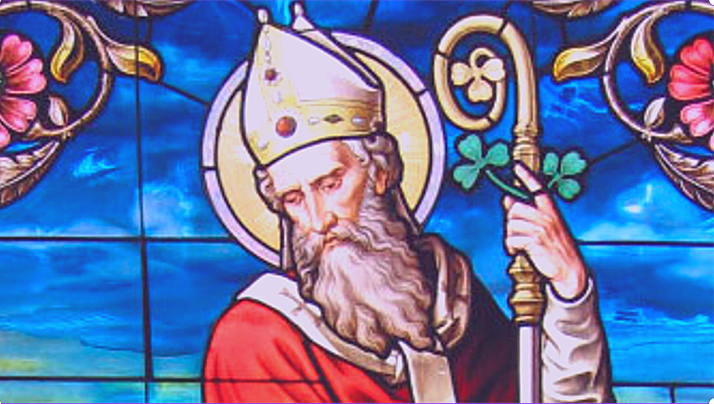
While St. Patrick’s day is now associated with wearing green, parades, and beer, it has a rich history that goes beyond these modern-day festivities. The earliest known celebrations originated over 1,500 years ago and were first celebrated in the 17th century on March 17th, which marks the death of St. Patrick.
St. Patrick was a real historical figure who brought Christianity to Ireland in the 5th century. The story of him driving all the snakes out of Ireland is likely a metaphor for his Christianizing influence.
1. St. Patrick wasn't Irish - he was actually born in Britain!
St. Patrick was a real historical figure who brought Christianity to Ireland in the 5th century. He was likely born in Britain in the late 4th century and was kidnapped by Irish raiders at the age of 16. After six years of slavery in Northern Ireland, he escaped back to Britain and later returned to Ireland as a Christian missionary. Although much of his life is mixed with folklore and legend, he is recognized as the patron saint of Ireland
2. Despite the legend that St. Patrick banished snakes from Ireland, there is no scientific evidence that snakes ever existed in Ireland
The story of him driving all the snakes out of Ireland is likely a metaphor for his Christianizing influence. Despite the legend that St. Patrick banished snakes from Ireland, research suggests that snakes never lived in Ireland in the first place. The country’s fossil record shows no signs of snakes, and the region would have been too cold for reptiles before the last glacial period.
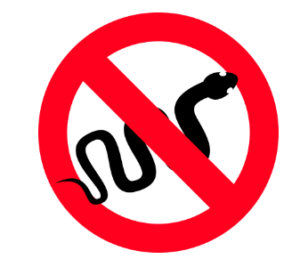
3. The original color associated with St. Patrick was blue, not green
The original color traditionally associated with St. Patrick was blue. The shift to green happened later, likely due to the color’s association with Ireland’s lush green landscape.
4. In Chicago, they dye the river green to celebrate St. Patrick's Day.
The tradition of dyeing the Chicago River green began in 1962, and has been a beloved part of St. Patrick’s Day celebrations in the city ever since.

5. It is believed that leprechauns originated from Celtic folklore and are a type of fairy
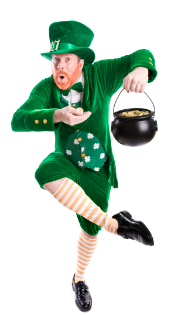
Leprechauns are small, mischievous Irish fairies commonly associated with St. Patrick’s Day. The belief in leprechauns comes from Celtic folklore where they were responsible for repairing shoes of other fairies.
6. The Shamrock Was Considered a Sacred Plant
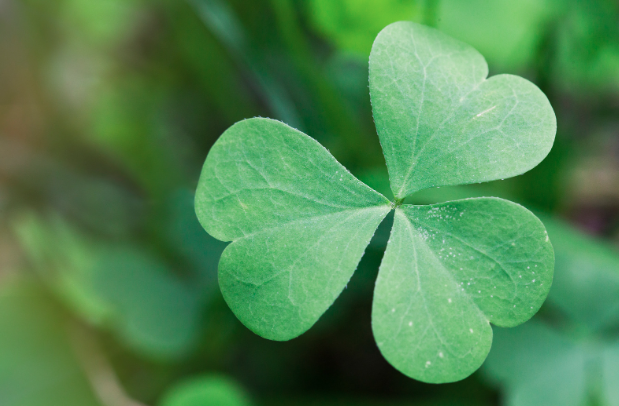
Three-leaf clovers symbolize spring.
The shamrock, a three-leaf clover, has been a symbol of Ireland for centuries. It was considered sacred by the Celts and symbolized the arrival of spring. St. Patrick is said to have used it to explain the Holy Trinity. In the 17th century, it became a symbol of Irish nationalism.
7. The first St. Patrick's Day parade didn't take place in Ireland - it was held in New York City in 1762.

The tradition of St. Patrick’s Day parades originated in America and dates back to 1737 when Irish soldiers serving in the English military marched in Boston. However, records show that a St. Patrick’s Day parade was held in a Spanish colony in St. Augustine, Florida, in 1601. Parades in New York City, Boston, and other American cities grew in popularity. Parades were canceled or postponed in 2020 and 2021 due to COVID-19 but returned in 2022.
8. The Irish Were Once discriminated against in America
The Irish faced discrimination in the United States in the 19th century after a potato blight caused widespread hunger and forced many to flee their land. Despite this, nearly a quarter of the Irish population immigrated to the US. Upon arrival, they were often viewed as disease-ridden, unskilled, and a burden on welfare budgets. Today, it’s estimated that over 33 million Americans claim Irish ancestry.
9. St. Patrick's Day was a dry holiday in Ireland until 1970.
St. Patrick’s Day was actually considered a religious holiday in Ireland and up until 1970, all pubs and bars were closed on that day. It wasn’t until the law was changed that people were allowed to celebrate the day with a pint of beer.
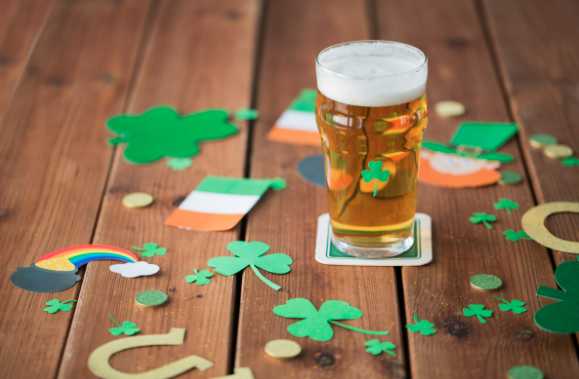
10. Corned Beef and Cabbage Was an American Innovation
Corned beef and cabbage is often associated with Irish cuisine, but it actually originated in America. Irish immigrants in the late 19th century substituted corned beef (a cheaper meat) for traditional Irish bacon in their St. Patrick’s Day meals. Cabbage was also readily available and affordable, making it a popular addition to the dish. Today, corned beef and cabbage is still a beloved St. Patrick’s Day meal in the United States.


